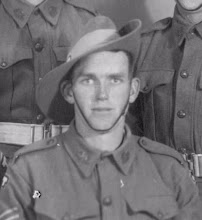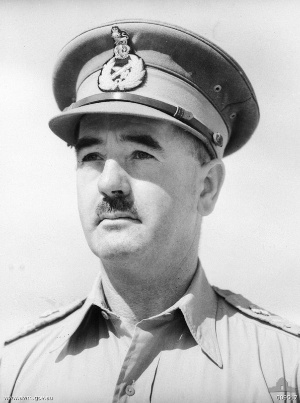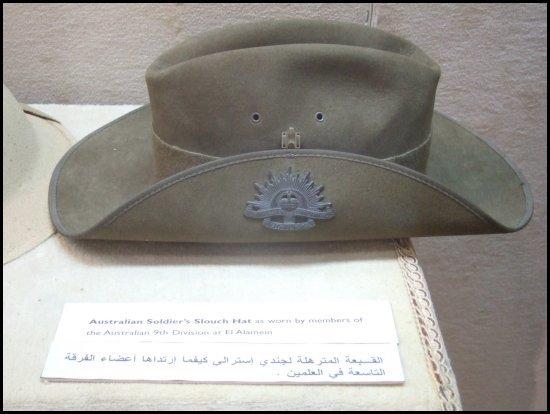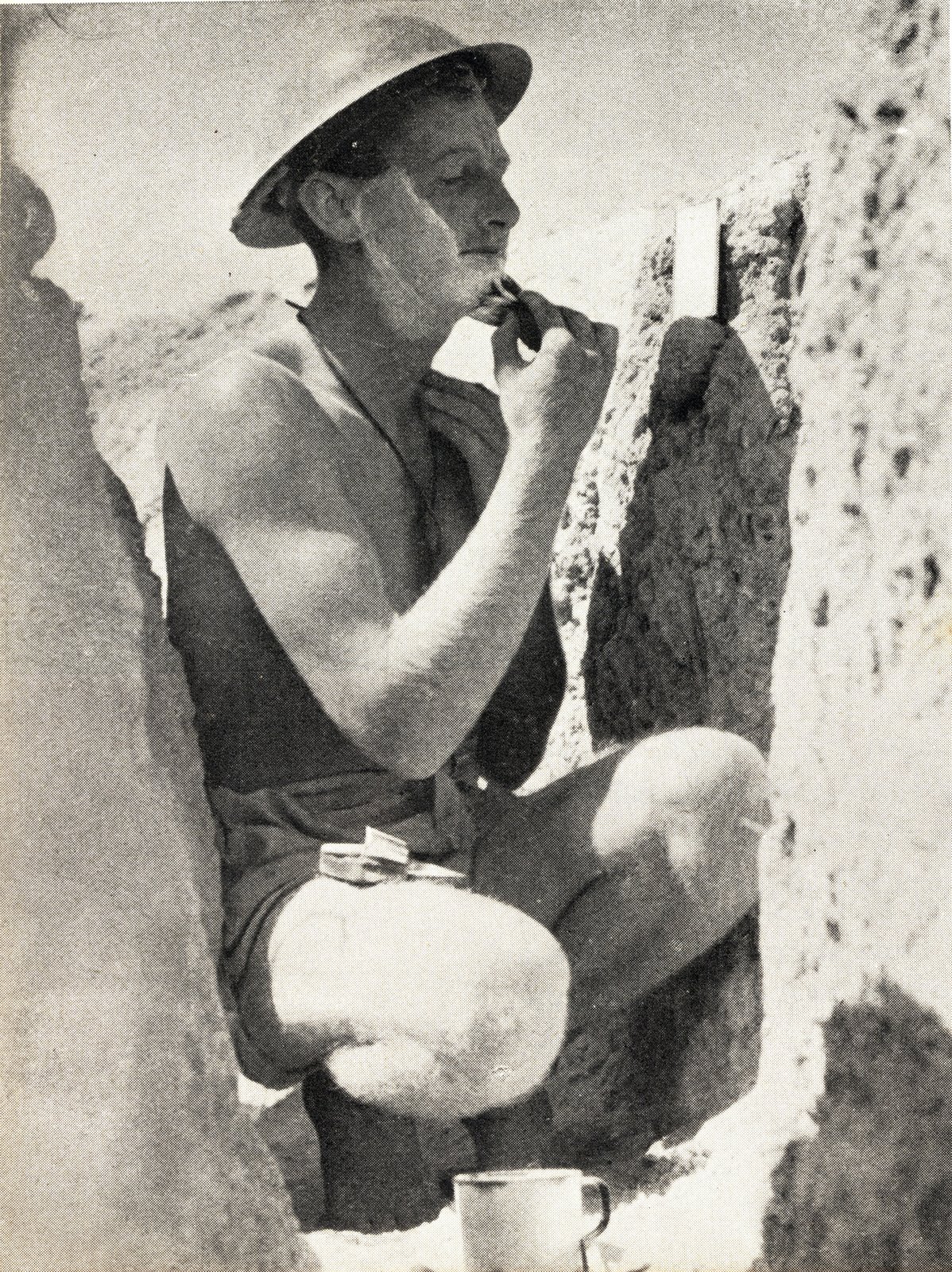The last Australians out of Tobruk.
These four men of the 2/13th Infantry Battalion were the last Australians to leave Tobruk. Legendary photographer, Damien Parer, took this shot of the men enjoying a meal. The 2/13th was the only Australian unit to see the Siege of Tobruk through in it's entirety after the Destroyer that was meant to evacuate them in October was sunk 60 miles short of Tobruk.
Not being able to be evacuated by sea the 2/13th fought their way out in the breakout that linked up with the 8th Army and were transported back to Alexandria by truck. Many men were killed and wounded in the breakout action but this was a major success that enabled the Battalion to be finally relieved.
The men in this photo, as taken by Parer, are;
NX36776 Pvt. Leslie E. Everett of Hay, NSW.
NX35738 L. Cpl. Alexander O'Connor of Wagga Wagga, NSW.
NX36799 Cpl. Gabriel Richardson of Yenda, NSW.
NX35348 L. Cpl John W. Cox of Grong Grong, NSW.
All these men survived the war to return home. The sense of relief on their faces belies the fact that worse is yet to come at Alamein in 1942.
image 010979 Australian War Memorial. Negative by Damien Parer.
























